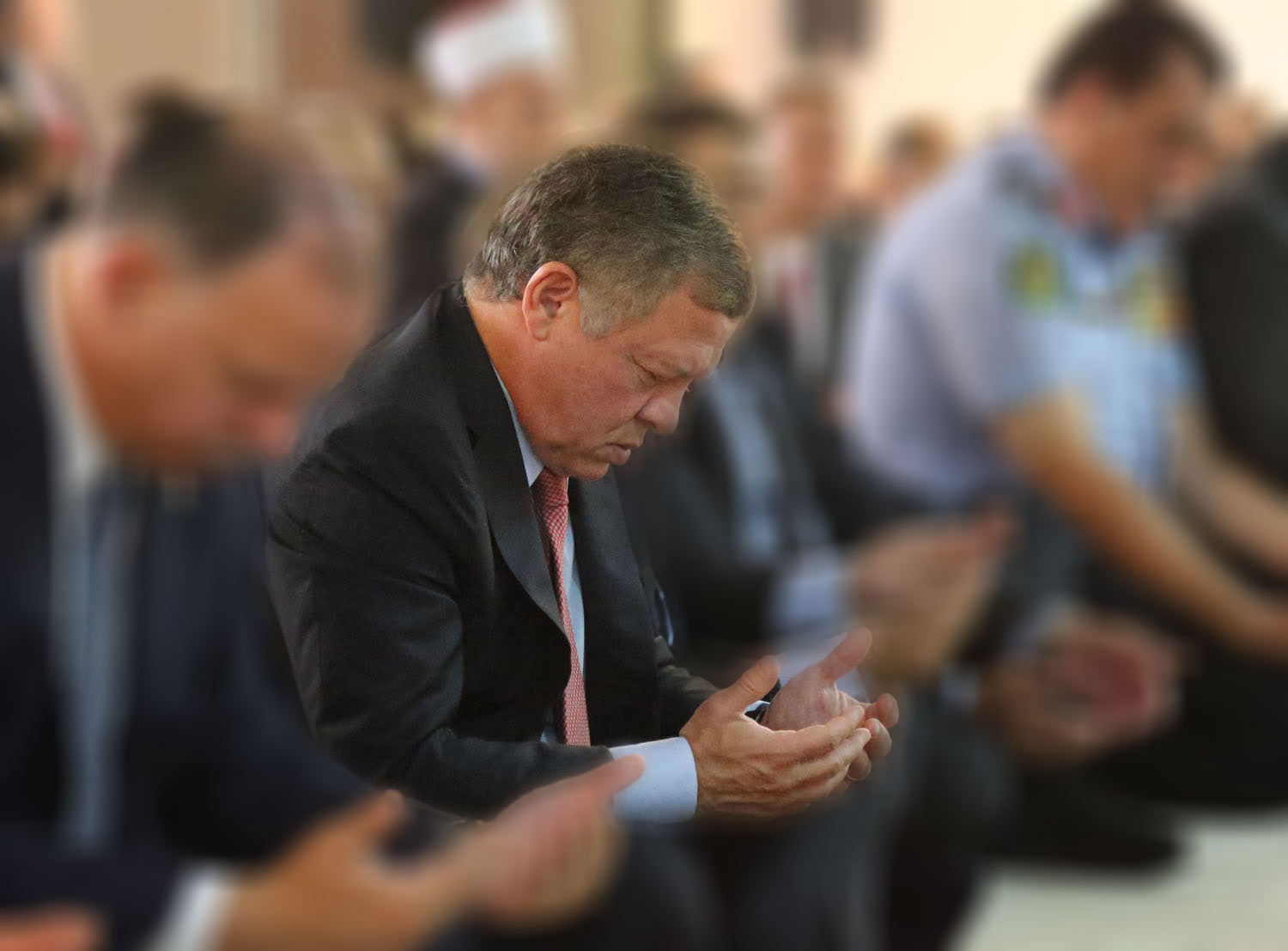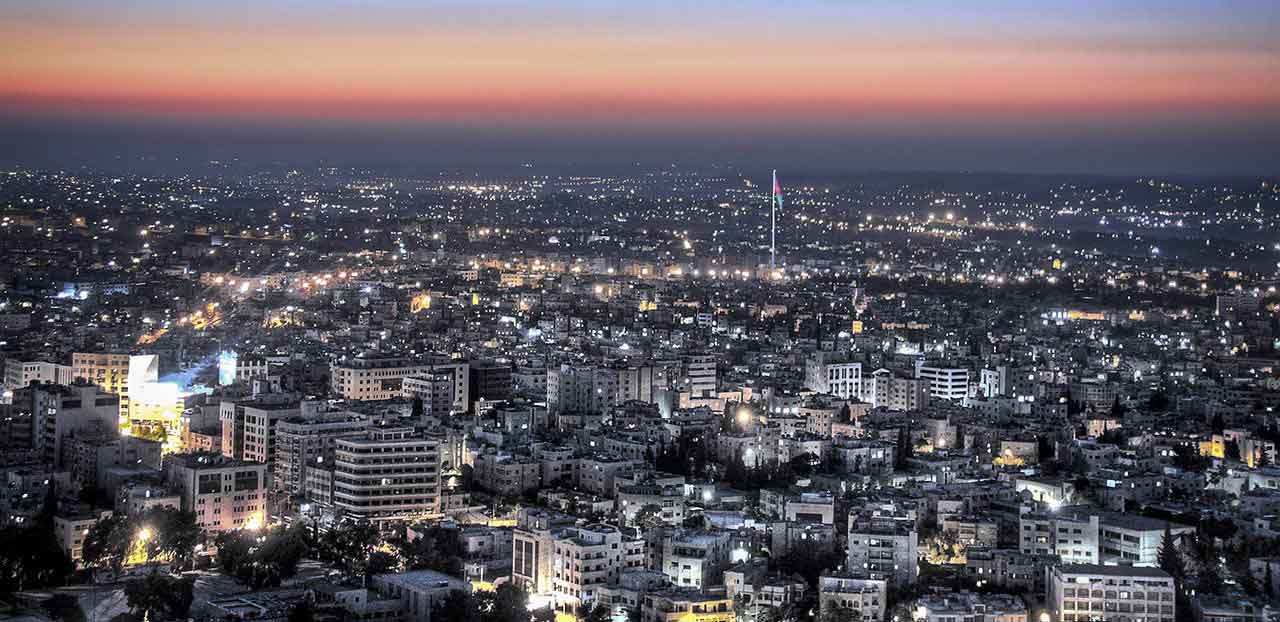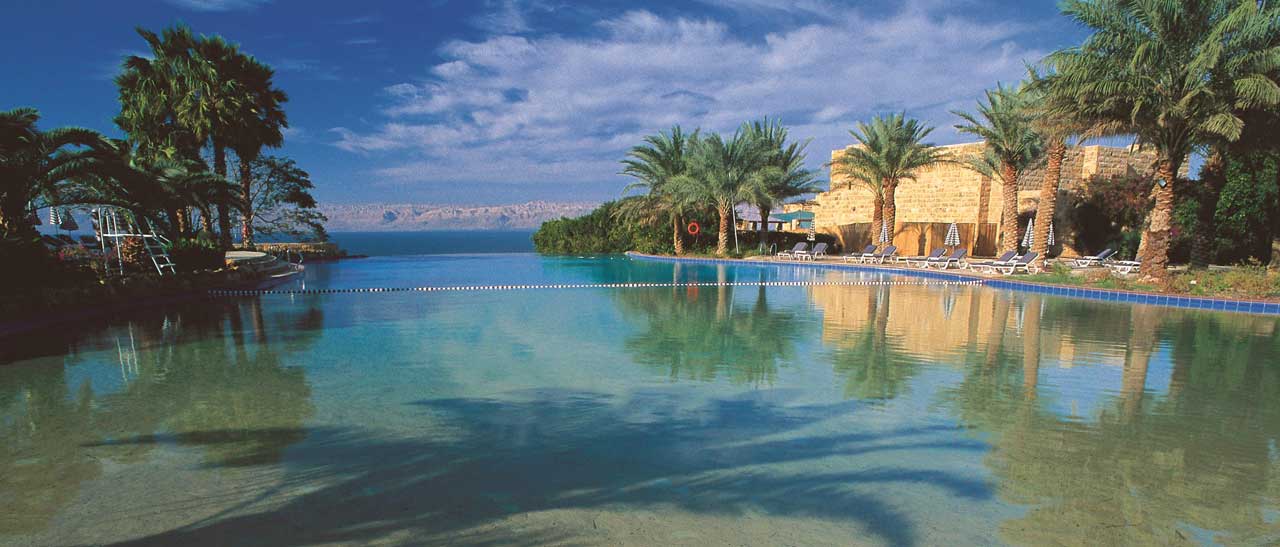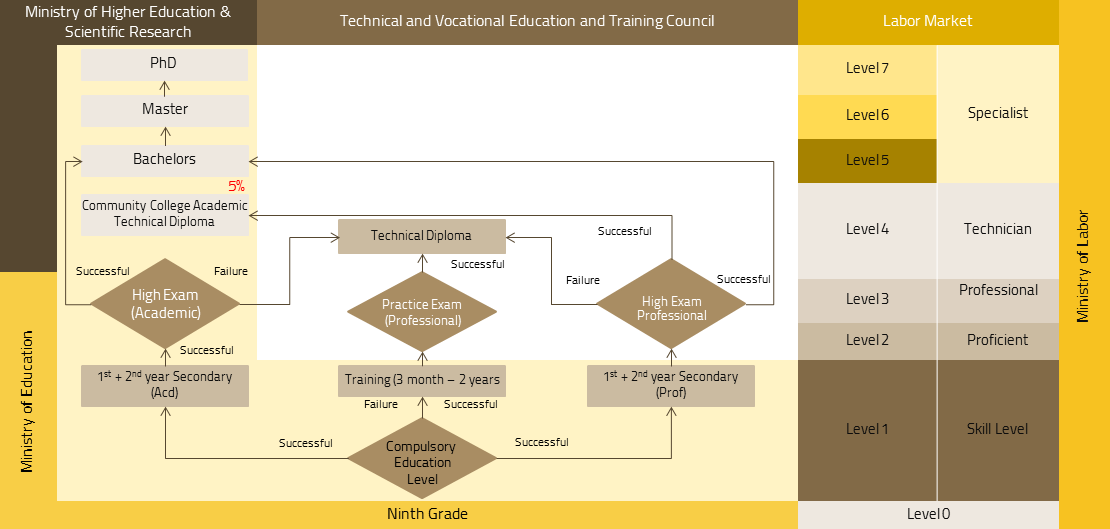-

My Lord, make this country safe and blessed
-

Study In Jordan
Amman at dawn
-

Study In Jordan
Al-Khazneh (Treasury), Petra
-

Study In Jordan
The Dead Sea
